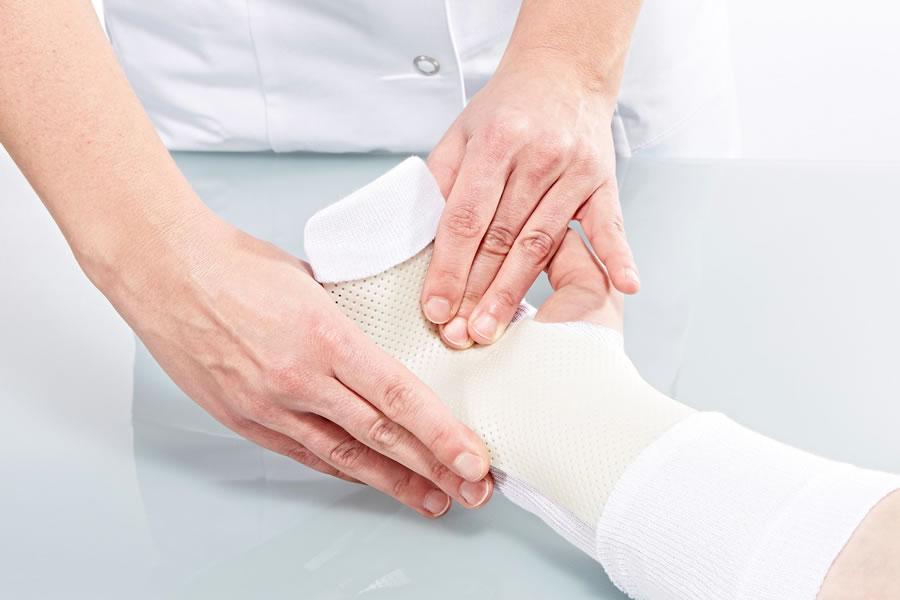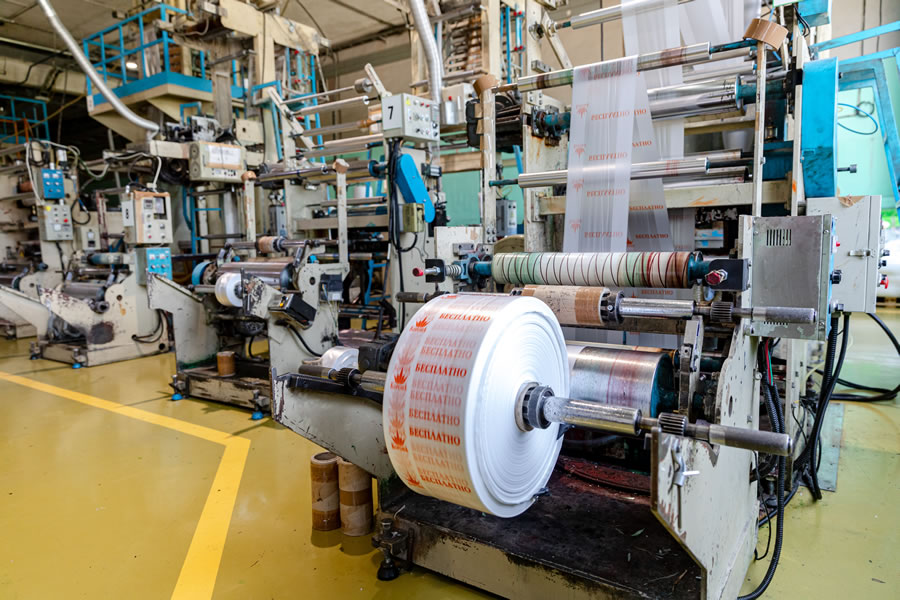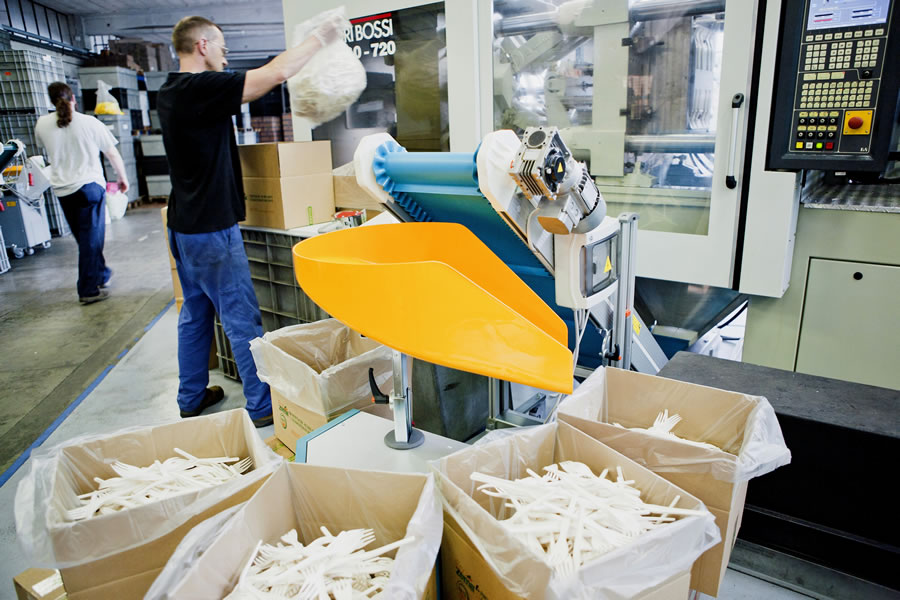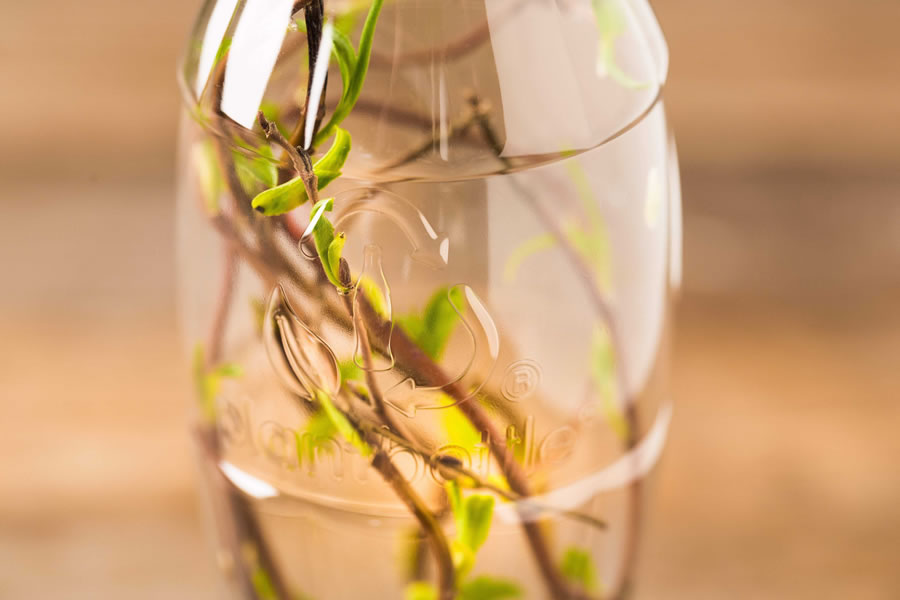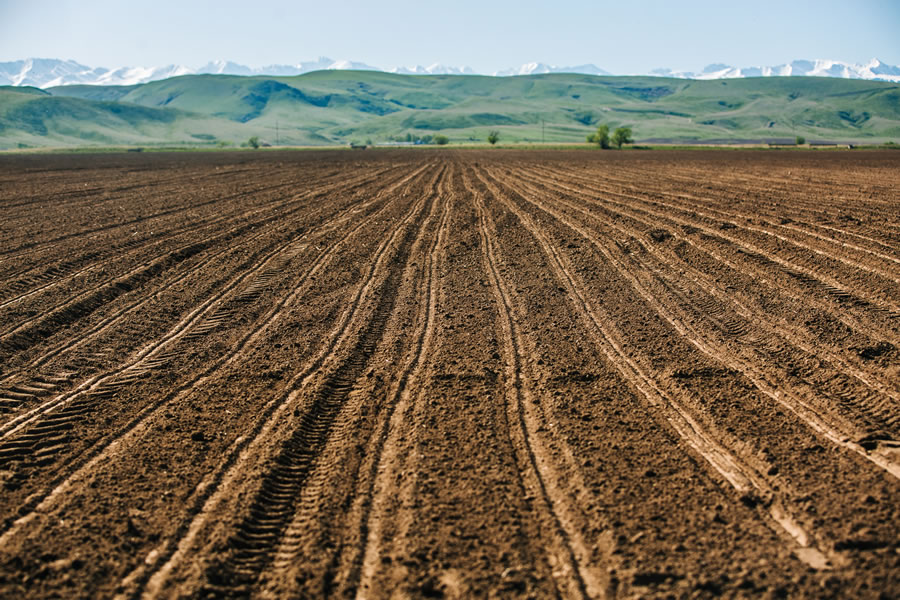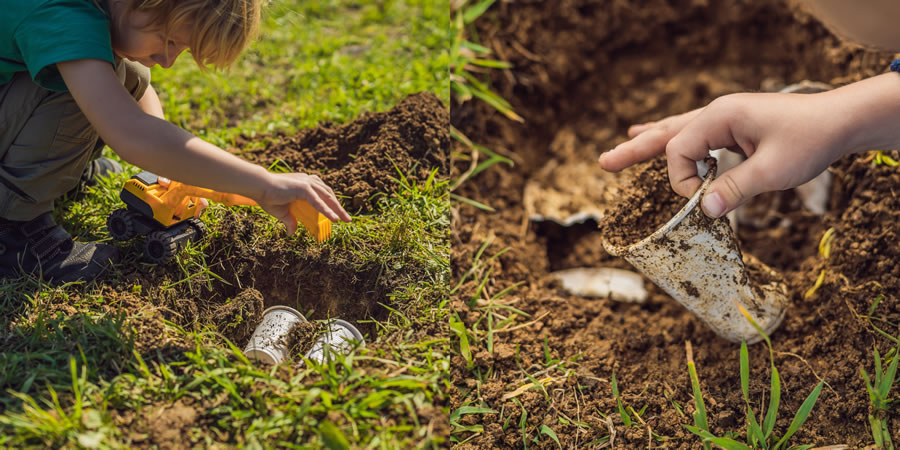Biodegradable materials account for just 1% of the global plastics output, but they are steadily emerging as a potential solution to global environmental issues. However, the rise of biodegradable materials is hindered by their high cost and special recycling requirements. As scientists around the world keep searching for cheaper ways to manufacture biodegradable plastics, business treat them as yet another marketing tool and avoid using them in mass production.
Biodegradable plastic has seen its popularity rising recently. Manufacturers are increasingly offering products made of materials that can decompose without a trace, while the public views them as an effective waste management solution.
Biodegradable plastics date back to 1862, when a nitrocellulose-based material was first showcased at the 1862 International Exhibition in London. In the 1930s, Henry Ford made a bioplastic car fr om soybeans. The popularity of biodegradable materials surged with the onset of the environmental movement in the 1970s. Since then, people have believed that production of biodegradable plastics leaves a smaller “carbon footprint” while also reducing the use of non-renewable feedstock. It is certainly true: paper bags are on average 20 – 30% more expensive and have a bigger carbon footprint than PLA-based bags.
Robert Boyer and Henry Ford Unveiling the Soybean Car, 1941. Photo: thehenryford.org.
Bioplastics are those polymers that contain either organic feedstock or fossil raw materials with biodegradable additives. Traditional plastics with biodegradable additives include PBA, PBS, PVAL, PCL, PGA and modified PET. Non-biodegradable plastics from natural feedstock include polyethylene, PVC, PET or PBT. The raw materials they are made of are fully or partially derived from biomass. Bioethylene, biomonoethylene glycol, bio-based 1,4-butanediol, monoethylene glycol produced from direct fermentation of sugars, and polyamide 11 also belong to that group. Biodegradable plastics derived from natural feedstock include biopolymers based on starch, modified cellulose, PHA or PLA.
(The article is based on RUPEC study Bioplastics: Prospects in Russia)
Production methods
The most popular biodegradable plastics are the polylactic acid (PLA) and the polyhydroxyalkanoates (PHA).
PLA is produced by lactic fermentation of sugars under the action of enzymes. The result is lactic acid, which polymerizes into polylactides. It is the cheapest biodegradable plastic currently known, which, however, is still more expensive than conventional materials. Traditionally, to source sugars for the production, agricultural resources are used, including land, equipment and fuel, which results in higher economic and environmental costs.
A bioplastic (PLA) splint. Source: bioplasticsnews.com.
Due to its high cost, the production of biodegradable plastics is not economically viable anywhere in the world without government support.
PHA production involves various bacteria with about ten strains known as of today. They are placed in a sugar-rich environment to produce and store polymers. The cell membranes are then destroyed by ultrasound with the polymer released into a solution, separated and processed. The production of these biodegradable plastics requires aqueous solutions of sugars or glucose obtained by processing edible vegetable feedstock, which also increases the final cost of the product.
Scientists across the world are seeking ways to reduce the cost of this technology. In May 2019, bio-engineers at the Siberian Federal University came up with a new method of “growing” biodegradable plastics using the Cupriavidus eutrophus bacteria strain that can produce biodegradable plastics from cheap crude glycerol.
Due to its high cost, the production of biodegradable plastics is not economically viable anywhere in the world without government support. In Russia, attempts have been previously made to shore up production of biodegradable materials. In 2013, as part of the Comprehensive Programme for the Development of Biotechnologies in the Russian Federation Until 2020, the government approved a road map that included ambitious targets for biodegradable polymers. However, that initiative stalled following the imposition of sanctions in 2014 that made many foreign technologies off limits to Russia.
A Belarusian facility making biodegradable bags.
Globally, bioplastics currently account for only 1% of the total polymer output. Still, experts believe that there is a great growth potential for them.
Finally, the complete decomposition of most existing biodegradable polymers requires special conditions, such as industrial composting. Therefore, it will also require separate recycling, as is the case with conventional plastic products.
Globally, bioplastics currently account for only 1% of the total polymer output. Still, experts believe that there is a great growth potential for them. According to recent data released by the nova-Institute (Germany) and the European Bioplastics Association, the global output of bioplastics is forecasted to total 2.62 million tonnes in 2023. The coming decades will show whether biodegradable plastics can tackle the environmental hurdles to take a significant share of the global market.
Biodegradable cutlery production at Ecozema (Italy).
While biodegradable plastics are not 100% safe, consumers still prefer them to other plastics as they are more environmentally friendly.
Five benefits of bioplastics
1. Contribute to waste reduction
Today, more waste is produced in the world than ever before in human history. The equipment for composting biodegradable plastics ensures complete decomposition of the product within a few months, depending on the method used. Biodegradable plastics usually break down into natural materials that in the end are harmlessly mixed with the soil.
2. Reduce energy costs
While biodegradable plastics cost more to produce, they are 65% more energy efficient due to savings in extraction and transportation expenses. Therefore, in the long-term biodegradable products are cheaper to use.
3. Combine traditional and biodegradable materials.
Once natural materials are converted into polymers, they can be used along with traditional synthetic materials. This provides for reduction in the proportion of fossil fuels used in manufacturing of the end product. On top of that, combining traditional and biodegradable plastics makes end products more durable.
4. Renewable resources used in production
Vegetable raw materials are renewable. Biodegradable plastics do not rely on scarce natural resources.
5. Provide a new marketing platform.
While biodegradable plastics are not 100% safe, consumers still prefer them to other plastics as they are more environmentally friendly. This means that shareholders, managers, and employees of the companies using biodegradable plastics can benefit from the latter’s green marketing effect. Companies around the world are increasingly taking advantage of it. Coca-Cola, for example, has recently announced plans to create biodegradable bottles for its soft drinks.
Coca-Cola's biodegradable PlantBottle. Source: coca-colarussia.ru.
Most biodegradable plastics require industrial composting with special equipment. Today, this kind of technologies to be employed in mass production are not yet available.
Five Downsides of bioplastics
1. Require recycling
Biodegradation is achieved only if products are properly recycled. At traditional landfills, the decomposition period of biodegradable plastics increases manifold. Temperature and humidity are the key factors at play. In cold weather, composting slows down greatly, while insufficient humidity may even cause it to stop almost completely. Consequently, many of the benefits offered by biodegradable plastics are useless in the equatorial climate and the Far North. Therefore, most biodegradable plastics require industrial composting with special equipment. Today, this kind of technologies to be employed in mass production are not yet available.
2. Increase the use of chemical fertilisers
Efforts to boost the yields of organic crops from which biodegradable plastics are derived may result in increased application of various chemicals. Regulatory measures to curb this process have yet to be enacted globally. Failure to prevent chemical contamination of end products will put in question the very idea of “green” and safe biomaterials.
3. Hard to recycle
Traditional hydrocarbons are used to produce some of the bioplastics. While reducing dependence on petroleum products, these hybrid materials are impossible to recycle using technologies currently at hand.
4. Increase arable land
Modern technologies require continuous expansion of arable land to grow organic materials for the production of biodegradable plastics. Large-scale replacement of hydrocarbon-based polymers by biodegradable plastics may contribute to food shortages. Growing cash crops for industrial purposes while many people around the globe experience food shortages may raise ethical questions.
Bioplastic production will require an expansion of arable land.
In Russia, excess wheat output is recorded almost every year. These resources could be used to produce biodegradable plastics.
5. Low carbon footprint is not guaranteed.
Conventional plastics are produced using associated gas obtained during oil extraction. Prior to plastics manufacturing, it was simply burned, releasing a vast amount of carbon dioxide into the atmosphere. Increased reliance on biodegradable plastics may lead to more associated gas being burned with corresponding detrimental effect on the environment.
Expert forecast
Some experts, however, reject these arguments and have come up with their own propositions. According to them, feedstock is not specifically grown for biodegradable plastics, but is purchased in the market. These are mostly technical grades that are not suitable for human nutrition. In addition, many countries have excess agricultural capacity.
In Russia, for example, excess wheat output is recorded almost every year. These resources could be used to produce biodegradable plastics.
Not all biodegradable plastics require industrial composting. The PLA + PBAT compound, for instance, can decompose in home-made compost without any special conditions.
Some biodegradable plastics can break down into natural materials and be mixed with the soil without applying any special conditions.
Russian manufacturers are mostly interested in non-degradable bioplastics and plastics with bioadditives. They cost less than biodegradable materials and have no special storage requirements.
Biodegradable materials are a good alternative to plastics in single use products such as shopping bags. These materials could replace conventional plastics in areas wh ere recycling is extremely difficult.
According to Eduard Zamyslov, Technical Director at Eurobalt, currently biodegradable plastics cost much more than hydrocarbon polymers, but with larger production volumes and cheaper technologies in place the price of some materials could go down to acceptable levels. “However, such biodegradable plastics as PLA will always be costly simply because there is never sufficient vegetable feedstock for large-scale production. A PLA-based product costs USD 5–7 per kg versus USD 1.5 per kg for polyethylene,” Mr Zamyslov says.
“Today, companies working with biopolymers in Russia are those that see good prospects for this product, but this market is extremely small. Any business wants to see margins on its products grow. This requires, among other things, new packaging properties to underpin future marketing strategy. The product could cost 10% more, but it is biodegradable and potentially more acceptable for consumers,” Mr Zamyslov believes.
Equipment for bioplastic production and processing (University of Applied Sciences, Hannover-Ahlem, Germany).
Support for the manufacturers alone is not sufficient, a more comprehensive approach is needed, including, for example, recycling separate from that for conventional plastics.
Russian manufacturers are mostly interested in non-degradable bioplastics and plastics with bioadditives. They cost less than biodegradable materials and have no special storage requirements. Yulia Laryukhina, Deputy Commercial Director for Marketing at TIKO-Plastic: “Our company manufactures films both from natural feedstock and with the help of oxo-degradable additives that use light, heat and oxygen to decompose plastics. This is more expensive than using conventional plastics. Biopolymers drive up the cost manifold, whereas with oxo-degradable additives we are talking about an increase of just a few percent. We do have customers for polymers with oxo-degradable additives, but none for pure biopolymer packaging as of yet, although there have been some inquiries.”
As long as technology to produce biodegradable materials remains not economically viable, this situation is unlikely to change without government support, manufacturers believe.
According to Ms Laryukhina, without government backing, the market will not develop until the production of biodegradable plastics and products made of them is not commercially feasible. In fact, support for the manufacturers alone is not sufficient, a more comprehensive approach is needed, including, for example, recycling separate from that for conventional plastics. Eduard Zamyslov concurs: “Without a proper regulatory environment, standards, and some government prompting, businesses will not use biodegradable plastics”.
Download PDF


